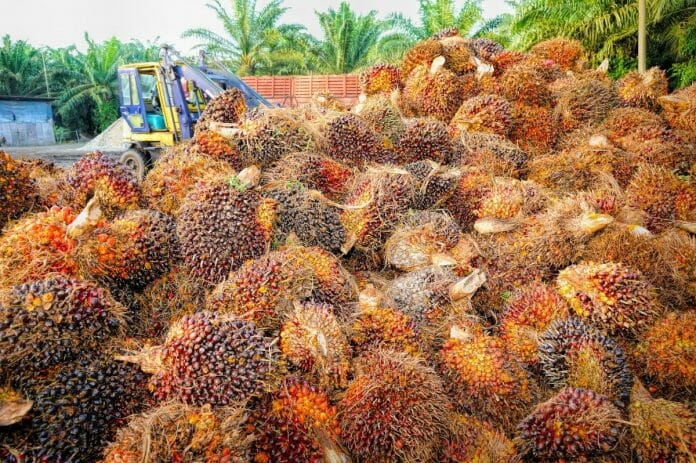Fitch is revising its 2021 palm oil price forecast significantly to MYR3,400/tonne, from MYR3,050/tonne previously. This assumes an average of about MYR3,270/tonne over the rest of the year compared with spot prices of MYR4,012/tonne, the revision comes on the back of demand being high with lower output along with alternatives such as oilseeds prices remain elevated.
For Malaysia this will spell a good fortune for players, however its noted that supply has been coming in below expectations due to labour shortages aggravated by Covid-19, which is keeping stocks at multi-year lows. Palm oil import demand is recovering in many different markets as economies reopen. India one of the country’s major importers of the oil, could see import demand tapering off in the near term given the ongoing large wave of Covid-19 infections and the very elevated vegetable oil prices in the country. The potential imposition of widespread lockdowns in India poses downside risks as they could lead to more operational disruptions to trade and lower demand for palm oil than we are already expecting.
Fitch notes that its short term outlook for the next 6 months prices to average MYR3,400/tonne in 2021, up from MYR3,050/tonne previously. Palm oil prices have continued to rally over recent months, and are testing their all-time highs reached in 2008 (on a monthly closing price basis). This was due to a combination of factors including supply coming in below expectations in Malaysia in Q121, where labour shortages are keeping production lower on a y-o-y basis and which is keeping stocks at multi-year lows. Meanwhile, palm oil import demand is recovering in many different markets as economies reopen. Stocks are low for example in India and China, which means imports will recover into 2021 and 2022. The ongoing rally in the soy complex is also fueling palm oil prices.
As for long term outlook, Long-Term Outlook, the rating agency is bearish on prices with trend going lower into 2022 averaging at MYR2,900/ tonne in 2022, compared with MYR2,600/tonne previously. The bulk of the recovery in demand will come in 2021 and consumption growth tapering off in 2022. Although palm oil production will slow down significantly in the coming years, its expected that demand growth to underwhelm in China, India and the EU.
Meanwhile, there are uncertainties surrounding the steady increase in biodiesel blending in Indonesia. The country has carried on relatively successfully with its ambitious biodiesel programme, increasingly at a rapid pace blending mandates. It remains to be seen whether the authorities will be able to boost blending beyond B40, and the pace of such increases. Fitch notes that large sources of growth for consumption are concentrated in a very limited number of markets, which makes the demand story vulnerable to change should the biodiesel or Indian oilseed market context turn. As a result, our base case for now is for prices to remain relatively contained on a five-year horizon.
Global palm oil production declined by 0.9% in 2019/20 (ended in September 2020), which was one of the
factors behind the rally in prices in 2020 despite the weaker demand environment. Estimated global consumption declined by 1.9% y-o-y to 71mn tonnes due to Covid-19. All major markets except Indonesia saw a drop in 2020. In 2021, the forecast for global consumption to rebound by 3.8% y-o-y, and recovery continuing on in 2022 (+3.4% y-o-y).The hospitality, restaurant and transportation sectors will embark on a recovery in 2021 as economies reopen with Covid-19 vaccinations. However, new Covid waves in many markets around the world in H121 (Europe, India, etc) will delay some of the normalisation in consumer patterns into 2022.









